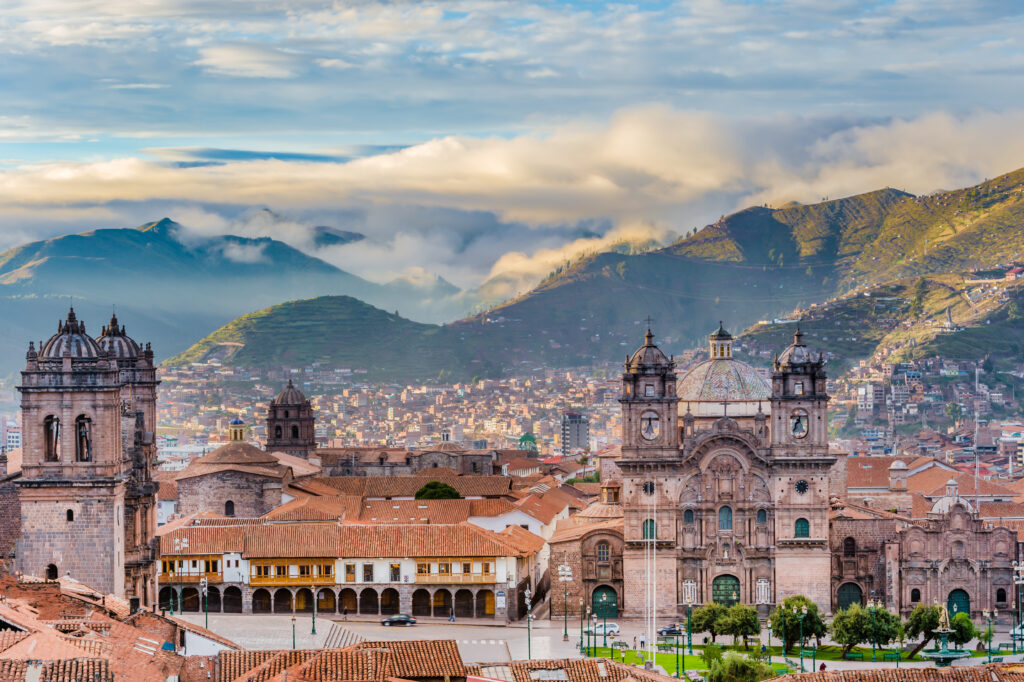
Do we really need to introduce the marvellous city of Cusco, in a country where the very mention of its name is enough to make us dream? The ancient capital of the Incas , nicknamed the "navel of the world", offers visitors an infinite wealth of cultural riches . Made up of Inca and colonial vestiges, Cusco is also the ideal starting point for one of the world's most beautiful hikes: the Inca Trail, which leads through the Gates of the Sun to the mythical Machu Picchu. A visit to Peru without a stay in Cusco is unthinkable. Stroll along the cobbled, stone-walled streets typical of the Inca empire, rub shoulders with the locals and their traditional costumes, and get to know the mountains, the fresh air of the high altitude and the sunlight caressing past buildings. Prepare to enter a realm of legend and mystery.
1. Convento Santo Domingo and Qorikancha
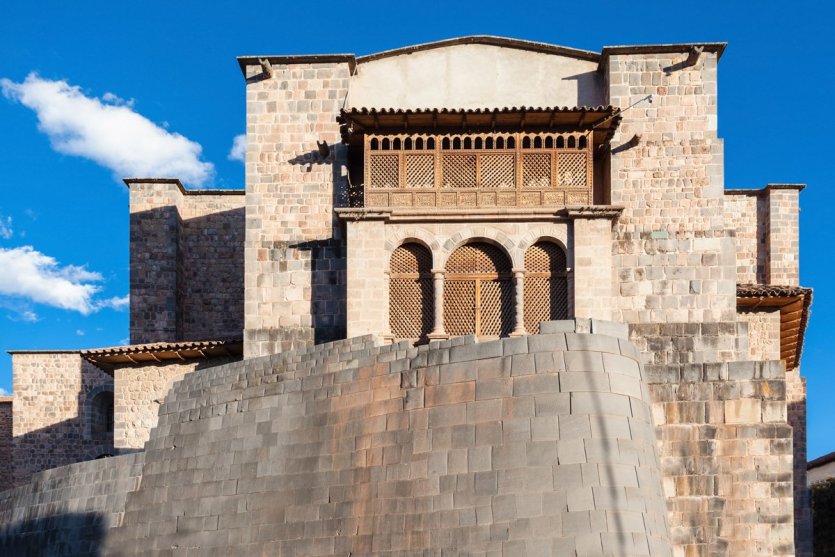
Meaning "gold district" in Quechua, the wall of black stones seems to form a single unit, so polished and perfectly assembled are the stones. Many consider it to be the most perfect example of Inca art. The beauty of the temples of the Sun, Moon and Venus can only transport us, such is the mastery of architectural sobriety. In the past, the interiors of all the temples were covered in gold, and the Moon temple in silver. The complex of buildings set within the convent is a true architectural gem. The only reservation is about the church built above them... As for the gardens, they were stripped by the conquistadors, who ripped out the gold sculptures and melted them down...
2. What to do in Cusco Visit the Museo Inka
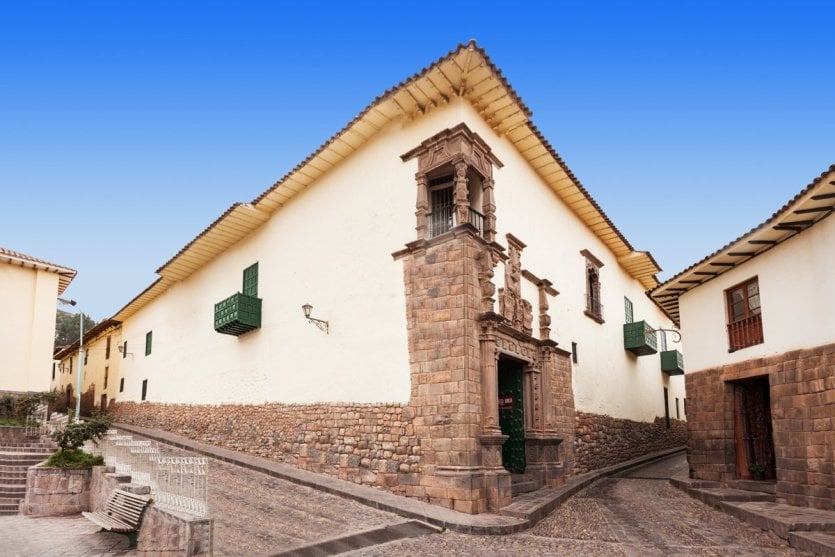
Built on the foundations of Huáscar, an Inca palace, this is the best museum for anyone wanting to know more about Inca culture. Also known as the Palacio del Almirante, the museum's architecture is typical of Cusco's colonial casonas, as evidenced by the double patio and carved stone door. Didactic, it features numerous fabrics, mummies, ceramics and paintings depicting the city's history. It's also here that you'll discover the world's largest collection of queros, wooden glasses used during Inca ceremonies. It's a must-see if you want to get the full picture of Inca archaeological sites.
3. Plaza de Armas
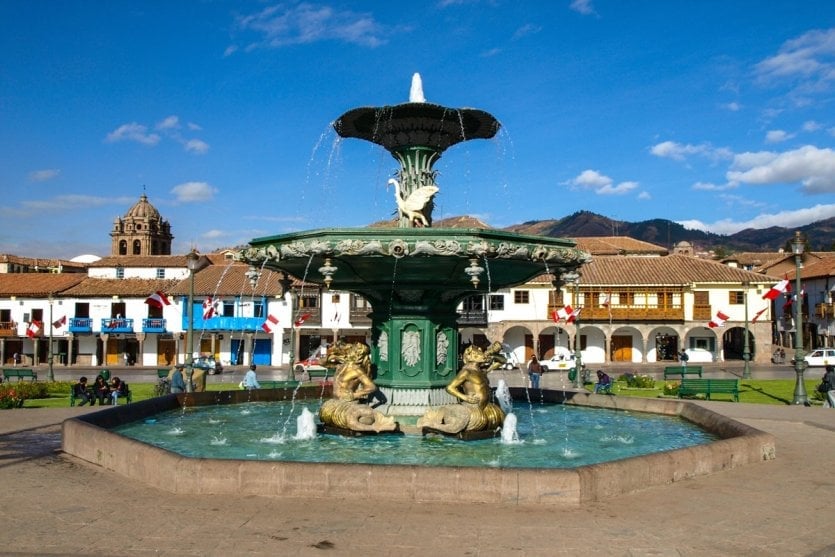
According to ancient legend, it was in the center of this square that Cuzco's first Inca emperor, Manco Cápac, planted his golden staff to indicate where the future city was to be built. Surrounded by magnificent buildings such as the Cathedral and the Iglesia de la compa?ia, this square is one of Peru's finest architectural ensembles. The Festival of the Sun is celebrated here and, as in ancient times, the peoples of the Tahuàntinsuyo empire still gather here. However, this place has a dark past. The last Inca chieftain, Tupac Amaru, was discarded here, along with his wife, children and followers...
4. What to do in Cusco See Calle Hatunrumiyoc
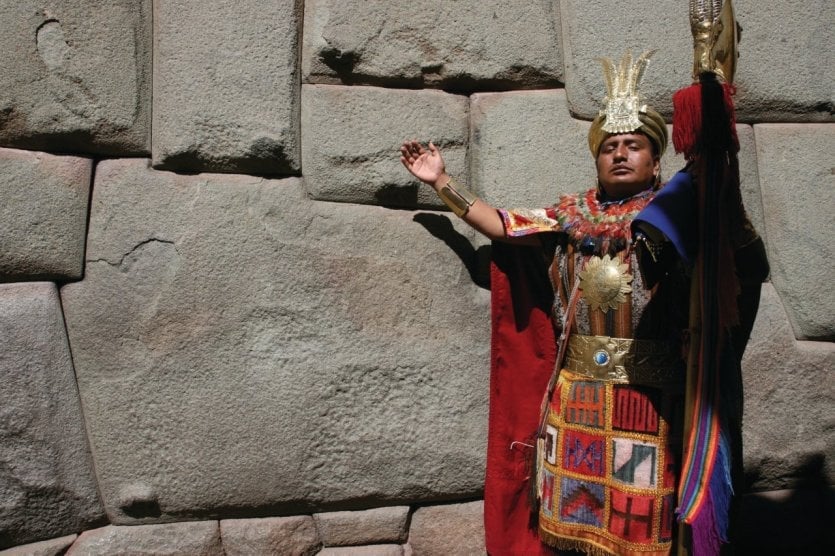
If Cusco is one of Peru's must-visit places, it's not for nothing. It's on this street that you'll find the remains of a section of wall from the palace of the second Inca emperor: Sinchi Roca. Made of polygonal stones, it features one of the world's most famous carved stones: the "stone with twelve angles". This technical feat is proof of the ingenuity of Inca architects. In fact, this stone is so precisely cut that it's impossible to insert a needle between the joints!
5. Raqchi
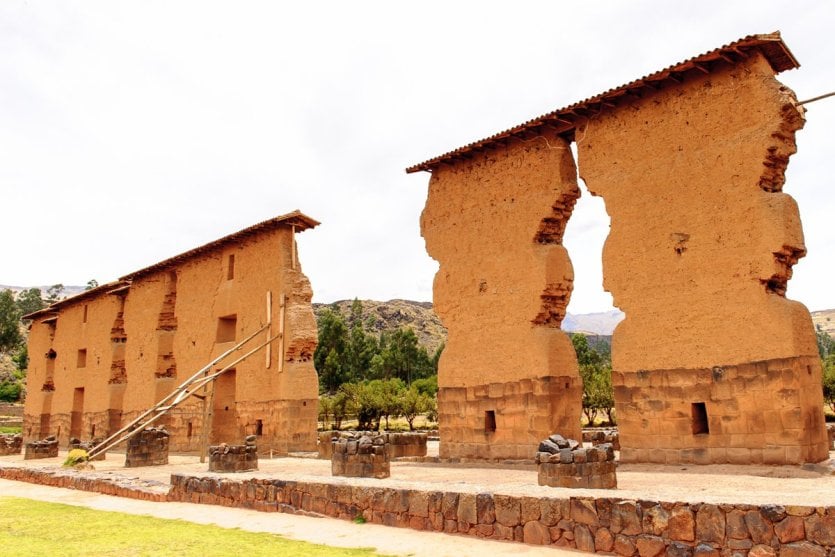
With its red walls of lava stone, the Raqchi archaeological site is a real eye-catcher. Situated at an altitude of around 3,500 m, the site has two entrances leading to the Inca Trail to Machu Picchu. It's the only Inca site with columns! Inside, you'll find a series of fountains known as the "Inca Bath ". The bath conceals many mysteries... We still don't know why the bottom is covered with stones. Another enigma: we don't know where the spring water that feeds these fountains never runs dry comes from. This blue gold has made Raqchi one of Peru's most popular spas, even today.
6. What to do in Cusco Visit the cathedral
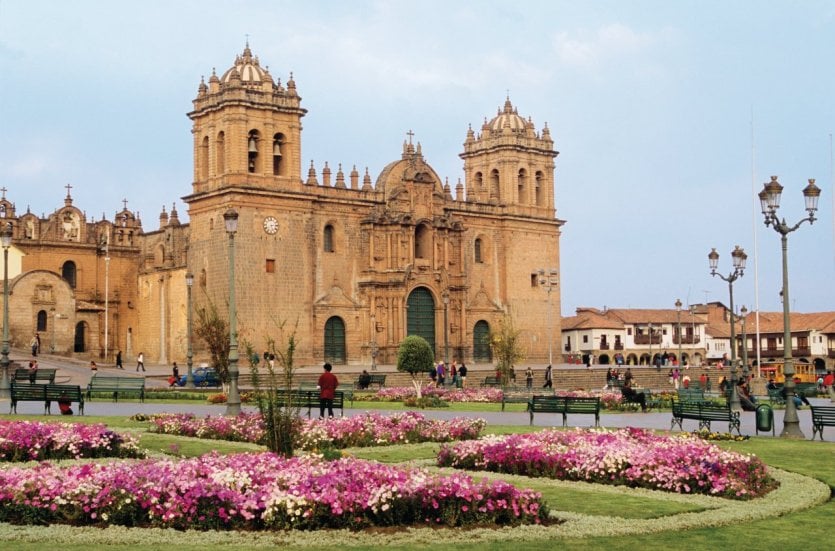
This cathedral, begun in 1564, took a century to complete. The sober Renaissance facade contrasts with the interior, which is rich in shapes and materials! Inside, there are 10 side chapels and 3 naves. This immense space is punctuated mostly by cedar trees and no fewer than 400 canvases. A true museum! During your visit, take time to contemplate the 17th-century choir, whose cedar seats are veritable artistic masterpieces. Your eyes are bound to be drawn to the 1.20 m-high gold monstrance. No fewer than 2,000 precious stones decorate it.
7. Compañía Church
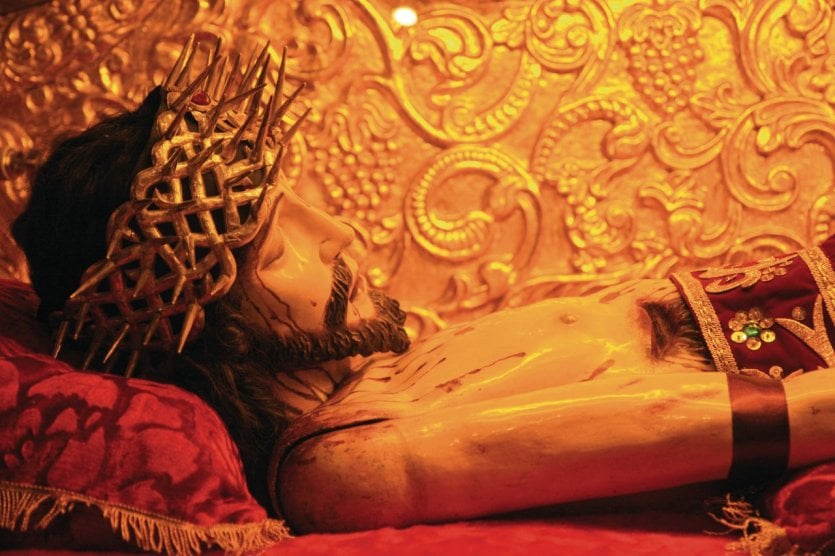
Built by the Jesuits in 1576, the aim of this church was to eclipse the cathedral. And it almost succeeded, given that this religious edifice is considered one of the most beautiful colonial buildings in the Americas! Its façade, like its interior, is a marvel. Indeed, the two bell towers above give it a majestic air, as do the finely gilded dome and altar. The church is also home to numerous secret passages, hidden staircases and hidden crypts. Pictorially, the church also boasts numerous paintings, one of which depicts the nephew of Ignacio de Loyola, founder of the Society of Jesus and author of the Spiritual Exercises, with an Inca princess.
8. Tombomachay
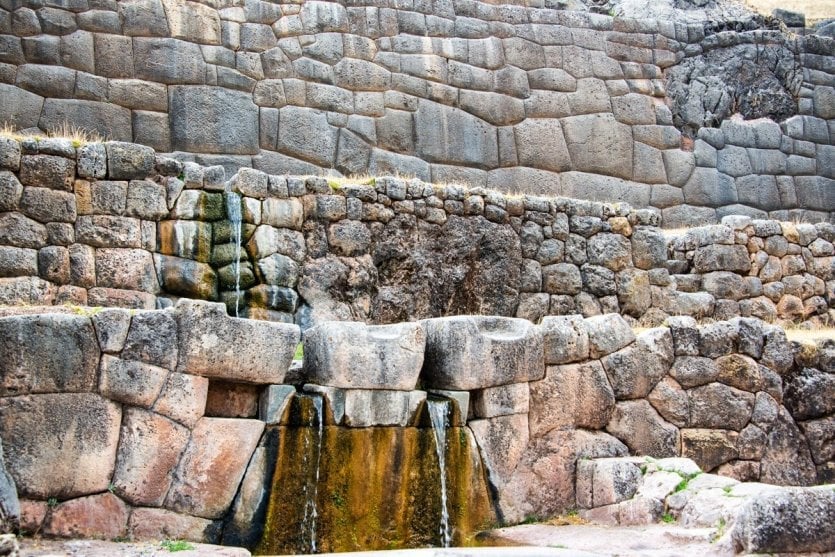
Archaeologists believe this temple was dedicated to the cult of water. The fountains are superbly superimposed on one another. Built, like most Inca monuments, of perfectly cut stone, this oasis seems like a mirage in its arid surroundings. You'll see niches in the walls where mummies, for the cult of the dead, or idols were once placed. Rituals were accompanied by ablutions in which water was used to purify. However, Inca rituals were often accompanied by sacrifices. Victims included children at Tombomachay... Many holocausts were also organized here.
9. What to do in Cusco Visit Saqsaywamán
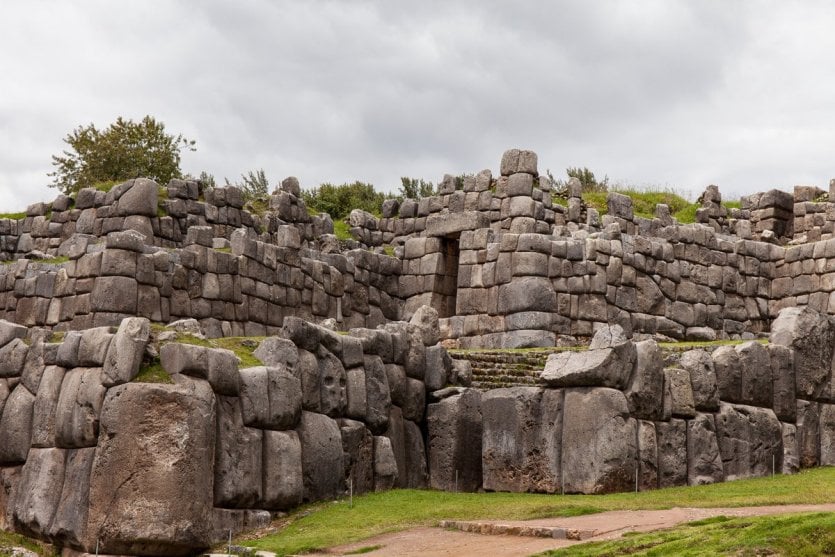
From this fortress, which once protected Cusco, you can enjoy a panoramic view of the city. The three levels of the walls correspond to the three Inca worlds: the world above, the world of men and the world below. This edifice was created from stones perfectly fitted together thanks to numerous angles. The stones weighed up to 360 tonnes and were 5 metres high! The zigzag structure is shaped like the head of a puma, an animal sacred to the Incas. On this site, you can see an esplanade where the Inti Raymi, the Festival of the Sun, was celebrated, and a rocky knoll where, at the top, an Inca conducted the ceremony. Historically, the conquest of Peru ended here after the heroic death of the Inca captain Cahuide, who preferred to throw himself from a tower rather than surrender to the conquistadors.
10. What to do in Cusco Enjoy its culinary specialties
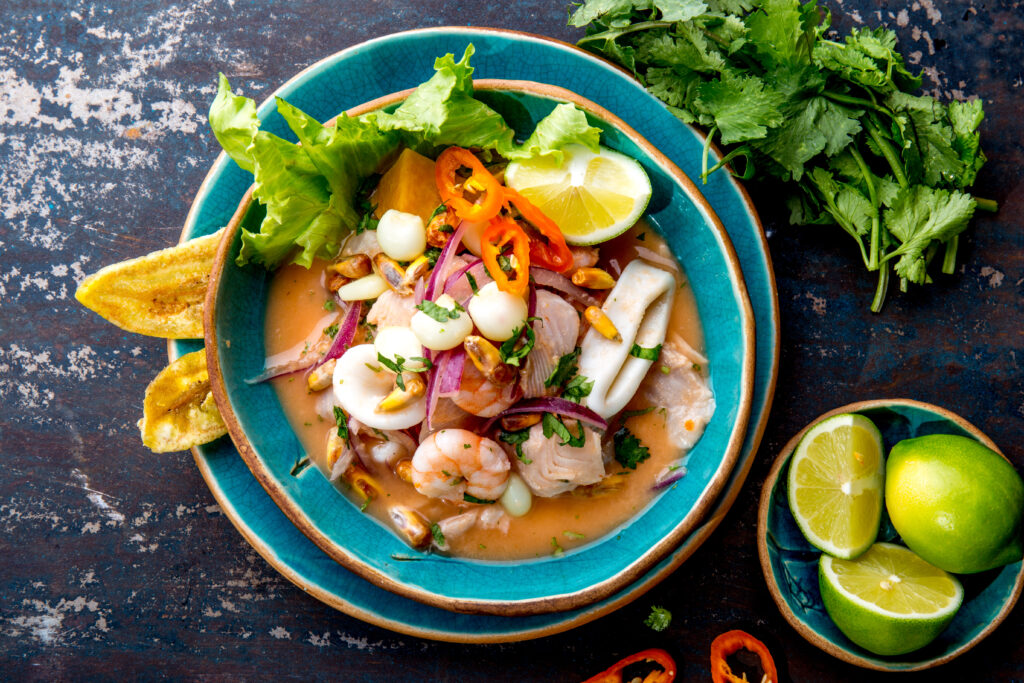
How can you go to Peru without tasting its specialties? Peruvian cuisine is undoubtedly the richest in the world, with the largest number of dishes. Enjoy ceviche, a delicious marinated raw fish speciality, lomo saltado, a delicious combination of sautéed beef, vegetables and potatoes, and papas a la huancaina, potatoes with a creamy cheese and chilli sauce. Sweet potato fritters and alfajores, fruit pastries to tantalize the taste buds of gourmets, are also a must. The cuy stew, on the other hand, will leave travellers a little perplexed. It'sone of the world's most unusual culinary specialities: a dish made from guinea pig... Bon appétit!
11. What to do in Cusco Go to the San Pedro market
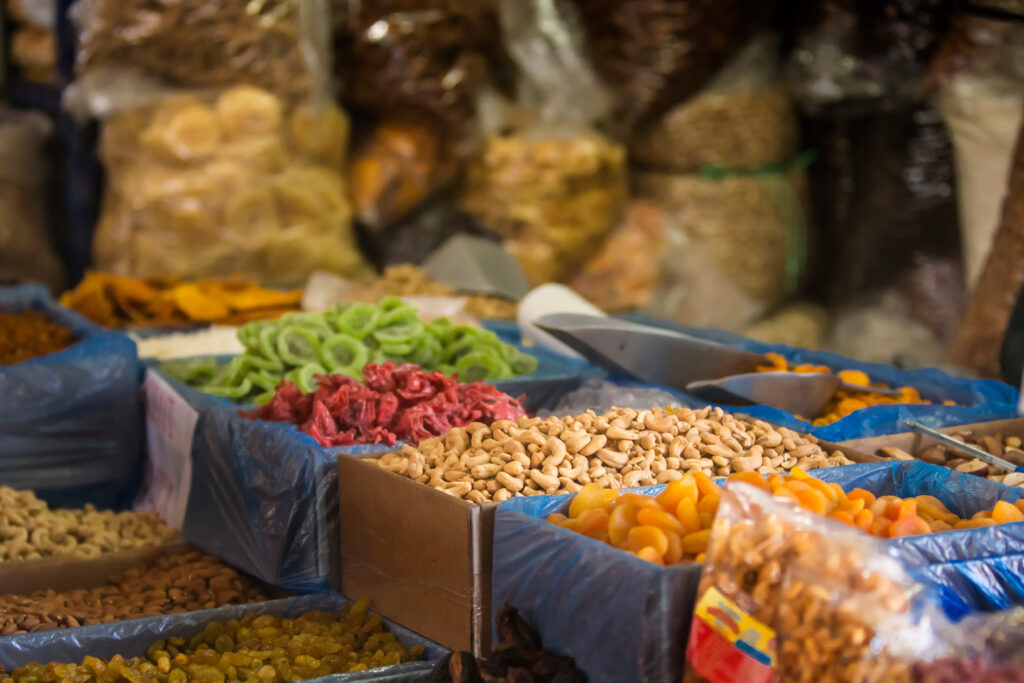
Just a stone's throw from the Plaza de Armas, the San Pedro Central Market boasts over 1,100 stalls, offering an unmissable insight into the daily life of the locals and a chance to sample Andean specialties. Whether it's handicrafts, flowers, fruit and vegetables, condiments or cooked dishes, the market offers a veritable sensory cocktail. Affordable prices and generous portions allow you to sip a delicious maracuya juice or a chicha morada (made from boiled purple corn), providing you with the energy you need for a day full of exploration.
12. Take an excursion from Cusco to Macchu-Picchu
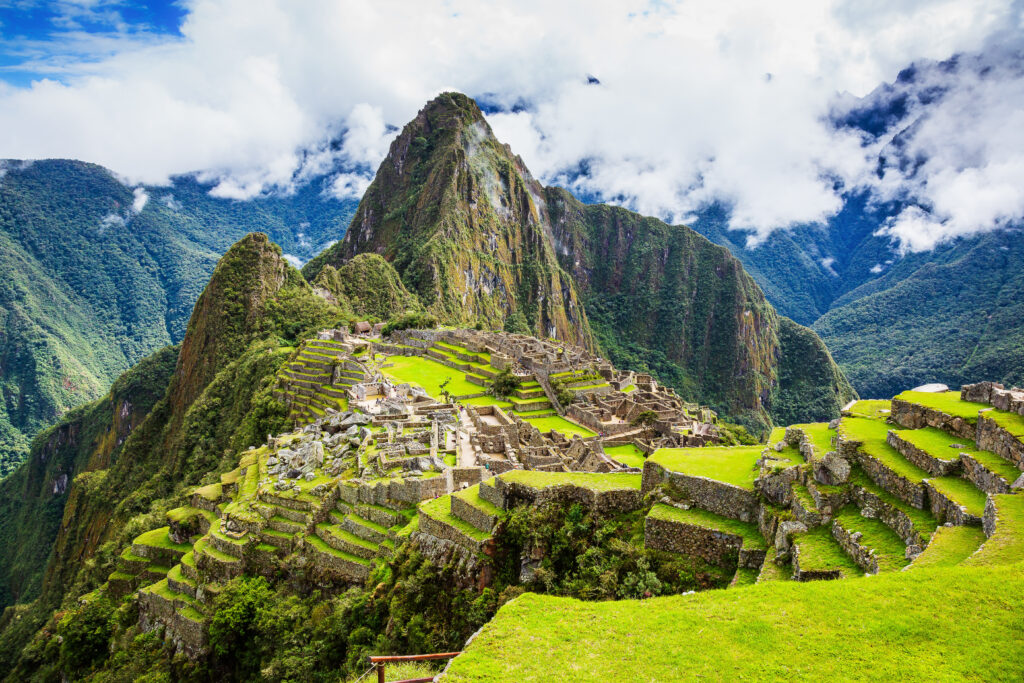
Cusco is the ideal place to start one of the world's most beautiful hikes: that of the Inca Trail, which leads from the Gates of the Sun to the mythical Machu Picchu, that mythical name that resonates across centuries and oceans... Yes, between 5,000 and 6,000 visitors survey the site every day in high season, yes, prices have soared, yes, tourism in the region sometimes evokes a Disneyland of ceramics and alpacas... But it's almost impossible to come to Peru without visiting these legendary ruins, one of the wonders of the world to see in a lifetime, and it's just as impossible not to leave moved. Click here to book your group day trip to Machu Picchu from Cuzco!
Where to stay in Cusco?
Cusco offers a variety of accommodation options to suit different budgets and preferences. Staying near the Plaza de Armas gives you easy access to Cusco's main sights, restaurants and stores. Numerous hotels, inns and guesthouses can be found in this central area. The bohemian San Blas district is known for its cobbled streets, art galleries and artistic ambience. It offers a tranquil atmosphere while remaining close to the city center. If you're looking for stunning views of Cusco and a little peace and quiet, consider accommodation options near Sacsayhuaman. However, note that this may involve a short cab ride or walk to the city center. If you prefer somewhere further away from the hustle and bustle of the city, consider staying in the Sacred Valley. This option is ideal if you also plan to visit the valley's archaeological sites.
Discover our 3 favorite accommodations in Cusco:
- Best located: Munay Wasi Inn Hotel
The Munay Wasi Inn Hotel is ideally located in Cusco and you can book it right here. You won't be in the hustle and bustle of the city center, but just a 5-minute walk away, and that makes all the difference. The patio is great for chatting with fellow travelers, and you'll be a 4-minute walk from the Inca ruins of the Temple of the Sun.
- The most eco-friendly: Hostal Pension Alemana
The Eco-Hotel Cuzco "Pensión Alemana" is an eco-friendly hotel located in the city of Cuzco which you can book right here and which offers quality service much appreciated by travelers. Buffet breakfast is included in the price of accommodation, and the cafeteria offers an exceptional view of Cuzco's historic center.
- The grandest: the Palacio del Inka Hotel
The Palacio del Inka Hotel is the former House of the Bustles that Pizarro had built. Needless to say, the setting is grandiose: the patio, with its stone fountain, is at the center of a cloister (where you'll discover the remains of an Inca wall). Click here to book your stay at this hotel, surrounded by sublime works of art.
What to see in Cusco in 2 days?
In two days in Cusco, you can explore a variety of historical, cultural and natural sites. Here's a suggested itinerary to make the most of your stay:
Day 1:
- Plaza de Armas and Cusco Cathedral: Start your day in the Plaza de Armas, the heart of Cusco, surrounded by colonial buildings. Visit Cusco Cathedral, an architectural marvel housing a rich collection of religious art.
- Qorikancha (Temple of the Sun): Explore the site of Qorikancha, once the most important temple of the Inca Empire, which blends Inca and Spanish architecture.
- San Blas: Stroll through the San Blas district, renowned for its cobblestone streets, art galleries and picturesque church. Discover local crafts and works by contemporary artists.
- Inka Museum: In the late afternoon, visit the Inka Museum to deepen your understanding of Inca history and culture.
Day 2:
- Sacsayhuaman: Start your day exploring the fortress of Sacsayhuaman, set on a hill overlooking Cusco. Admire the impressive stone walls and panoramic view of the city.
- Q'enqo, Puka Pukara and Tambomachay: Next, visit the archaeological sites of Q'enqo, Puka Pukara and Tambomachay, all within easy reach of Sacsayhuaman. Each offers a unique insight into Inca ingenuity.
- San Pedro market: For a taste of everyday life, visit the San Pedro market. Discover the bustle of the market, sample local specialties and explore the handicrafts.
- Cristo Blanco: End your stay in Cusco by climbing to Cristo Blanco for breathtaking views of the city and surrounding mountains.
Be sure to include breaks to savor the local cuisine and enjoy Cusco's unique atmosphere.
What to do in Cusco in 3 days?
With an extra day in Cusco, you can expand your exploration and discover even more fascinating natural and cultural sites. Here's a suggested itinerary for a three-day stay:
Day 3:
- Sacred Valley: Spend this day exploring the Sacred Valley of the Incas, located just outside Cusco. Visit archaeological sites such as Pisac, renowned for its handicraft market, and Ollantaytambo, a well-preserved ancient Inca city.
- Pisac: Start the day with a visit to the archaeological site of Pisac, perched on a hill with amphitheatrical agricultural terraces. Admire the spectacular views over the valley and explore the artisan markets in the village below.
- Lunch in the Sacred Valley: Enjoy lunch in one of the Sacred Valley's charming restaurants, offering authentic Peruvian cuisine.
- Ollantaytambo: In the afternoon, head for Ollantaytambo, a well-preserved Inca city with narrow streets and impressive stone structures. Visit the archaeological site and climb to the Temple of the Sun for a panoramic view of the valley.
- Return to Cusco: Return to Cusco in the late afternoon. Enjoy a delicious dinner in one of the city's restaurants on your last evening.
By adding this extra day, you'll have a more complete view of the rich history, culture and breathtaking landscapes of the Cusco region.
Tempted by a vacation in Cusco? Take advantage of a discount by booking your travel insurance here , and leave with peace of mind!


